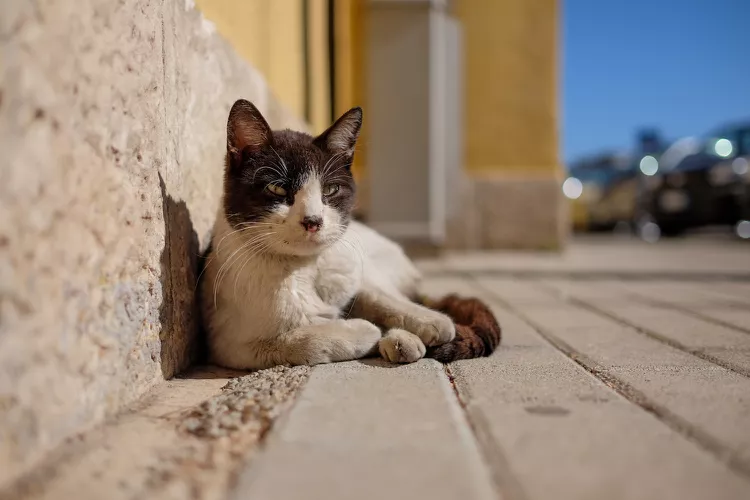
Feral cats (another name for homeless cats who have lived their entire lives outside) are born in the wild, and thus, have had very little contact with humans. Many animal lovers who find themselves in contact with a feral cat wonder if they can be domesticated, trained, and ultimately welcomed into their home as a pet, particularly if you’ve discovered a cat living outdoors in either cold weather, or a heavily trafficked and/or potentially unsafe environment.
The good news is that, yes, feral cats can become your new live-in feline friend. But there are several very important steps you must take first. Domesticating a feral cat is certainly not a task for the faint of heart and will require an enormous amount of time and patience.
Whether it found its way into your yard or you frequently spot a particular homeless cat lurking around your neighborhood, if you somehow find yourself in the company of a feral cat, there are some steps you can take to ensure both your safety, as well as the kitty’s. Keep in mind that because these cats have never had the pleasure of bonding with a human in any meaningful way, they often consider all people as large predators and are generally not afraid to act accordingly by biting, hissing, or even scratching or otherwise attacking you.
You should also never approach a cat that seems sick, even though you likely want to do everything in your power to help the poor kitty. If a feral cat has randomly shown up at your back door, there’s a decent chance he or she has rabies, and it’s far safer to call local animal control and avoid the risk of being bitten or scratched and requiring medical attention.
Above all, anyone who considers taming a feral cat must know that it will likely take several weeks—or even longer if you’ve found a particularly skittish kitty—so patience is of utmost importance.
Several factors will determine your ability to tame a feral cat, including the age and personality of the cat, as well as the kinds of experiences the cat has had on the street (as well as previous encounters they’ve had with other humans).
But there is one thing we humans have in our arsenal that will greatly increase your chances of training a feral cat—and that’s food. It’s widely understood that wild cats became domesticated in the first place because they became content with the idea of having access to regular meals, so if you’re thinking about taming a feral cat in your neighborhood, you’ll want to begin by establishing some sort of routine around food. For example, be sure to offer some cat food to the cat at the same time and in the same place every day, perhaps in a certain area on your porch or patio.
However, try not to make eye contact when you spot the cat (like dogs, eye contact can be perceived as a threat). Instead, remain still and quiet and either sit or stand quietly in the general vicinity while the kitty eats. After a few days, you can build up to speaking to your cat in a calm and reassuring voice.
If it seems like the cat is letting down its guard and beginning to trust you, try moving the food a little bit closer to you each day. You can also try offering a few special treats along with the meal. It’s important to keep in mind that you won’t want to touch the cat until you’re very confident that he or she will allow it. When you're ready to give it a go, try reaching out to pet the cat without making any sudden movements. If the cat backs away from your touch, give it a few days before trying again. Also, try letting the cat sniff your finger or the back of your cupped palm (with fingers bent inward to face yourself) beforehand. Eventually, you can gradually progress to petting the cat and even gently picking it up. However, remember to always wash your hands and arms thoroughly after handling any feral animals.
While the next step may seem like you can finally open your door to your new feline friend, you’ll want to avoid bringing it inside, particularly if you have other pets (or children). Instead, take the cat to the veterinarian to have a full checkup and vaccinations, as well as to be spayed or neutered (this will, of course, require the cat to trust you enough to put it into a crate for the trip). This step may take several attempts, but it’s absolutely essential for your health and safety, as well as your new cat’s.
If you have the all-clear from your vet and you're ready to welcome your new kitty home, you'll want to start with a special quiet, somewhat secluded space that's set aside just for the cat. Consider furnishing your cat's new living area with some cat trees, towers, and scratching posts, as well as places to hide and sleep. And, of course, don't forget the basics like a cat food and water bowl and a litter box. Fortunately, even cats who have spent their entire lives outdoors can generally grasp the concept pretty quickly.
Be sure to keep your interactions brief, until your new cat seems comfortable with its new surroundings. In time, your new cat should forget their days on the street and be more than content to relax and play at home with their new family.

Exploring the Different Types of Pet-Friendly Beaches
Are you looking for pet-friendly beaches? Learn about the different types of pet-friendly beaches, their locations, and tips for visiting them with your pet.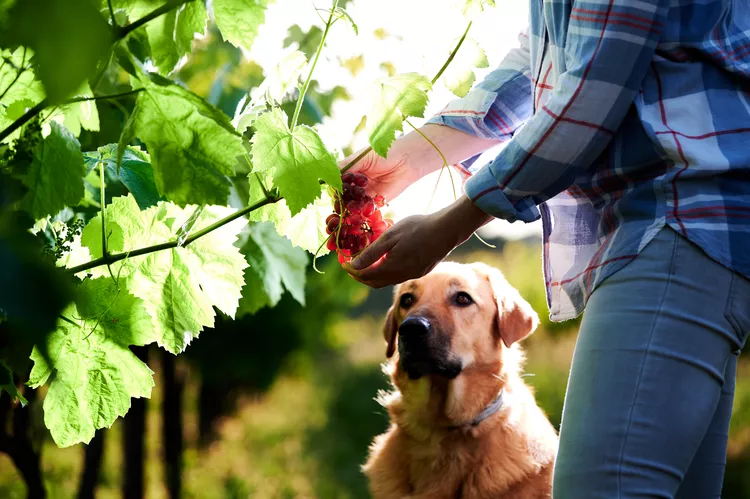
Exploring Pet-Friendly Wineries: Types, Locations, and More
Discover the different types of pet-friendly wineries, where to find them, and what to expect when you visit. Learn more with The Spruce Pets.
Why Is My Dog’s Eye Swollen?
If your dog's eye is swollen, she may need veterinary attention. The inflammation could be caused by allergies, an injury, or even a tumor.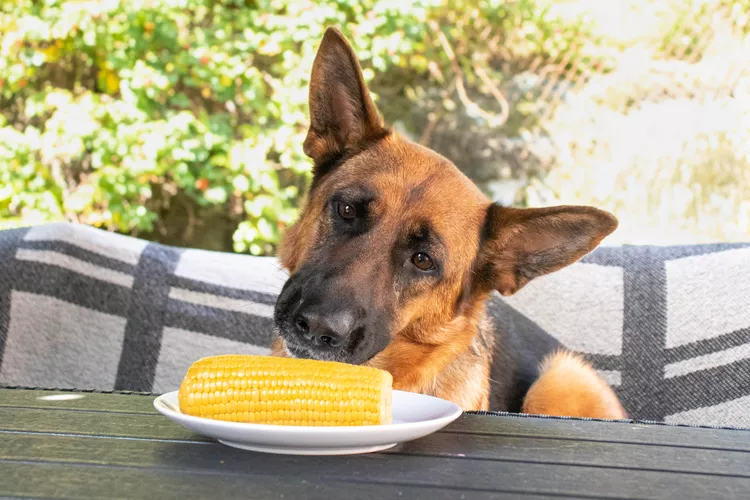
Can Dogs Eat Corn on the Cob?
Dogs love chewing on corn cobs, but this can cause serious harm. Learn about the dangers of corn cobs and find out what to do if your dog eats one.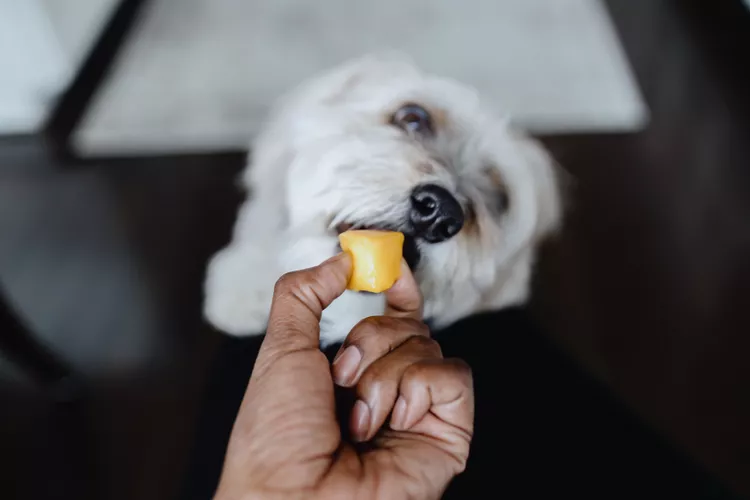
Can Dogs Eat Papaya? What to Know About Sharing This Tropical Fruit With Your Pup
Papaya is safe for dogs in moderation, and it can even provide some nutritional value for them. However, too much can cause digestive upset, and it's not suitable to share with dogs with certain health conditions.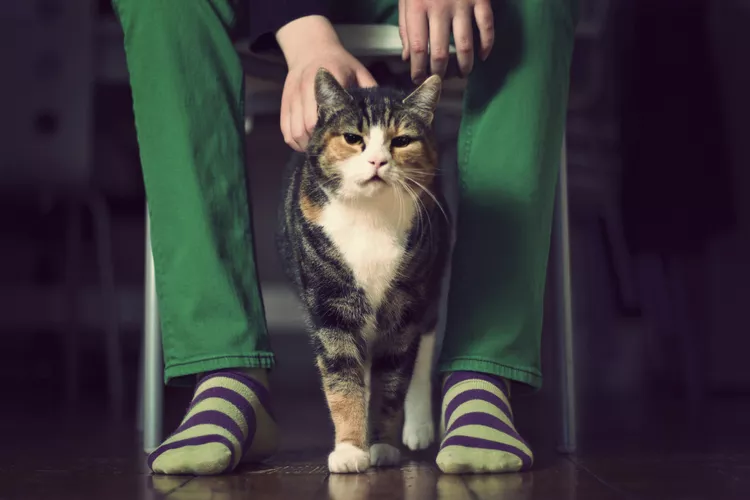
65 Irish Cat Names
Irish cat names can pay homage to historical places, local cuisine, famous Irish actors and musicians, or other wonderful aspects of the Emerald Isle.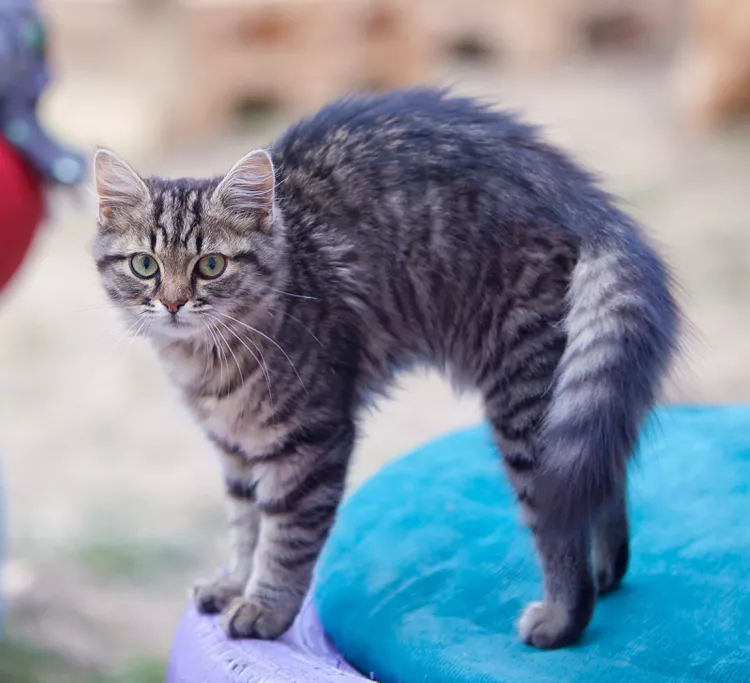
Feline Hyperesthesia Syndrome (FHS) in Cats
Rippling skin is more than dermal sensitivity in cats. It can be a sign of Feline Hyperesthesia Syndrome. Learn the causes, treatment, and prevention.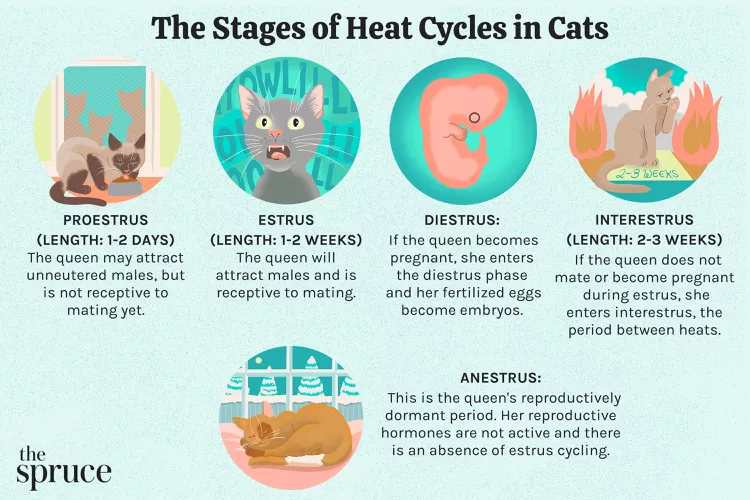
How Long Are Cats in Heat?
How long are cats in heat? Learn about the heat cycles of cats, also called estrus, as well as the reasons you should spay your cat.
Can Dogs Eat Raw Chicken Feet?
What are the potential health benefits of chicken feet for dogs? What are the risks?
Is Eucalyptus Safe for Cats?
Many products containing eucalyptus are not safe for cats, and it is important to be aware of the risks to your cat.
What You Need to Know About Homemade Cat Food
If you want to cook for your cat, make sure to read about the risks associated with homemade diets for cats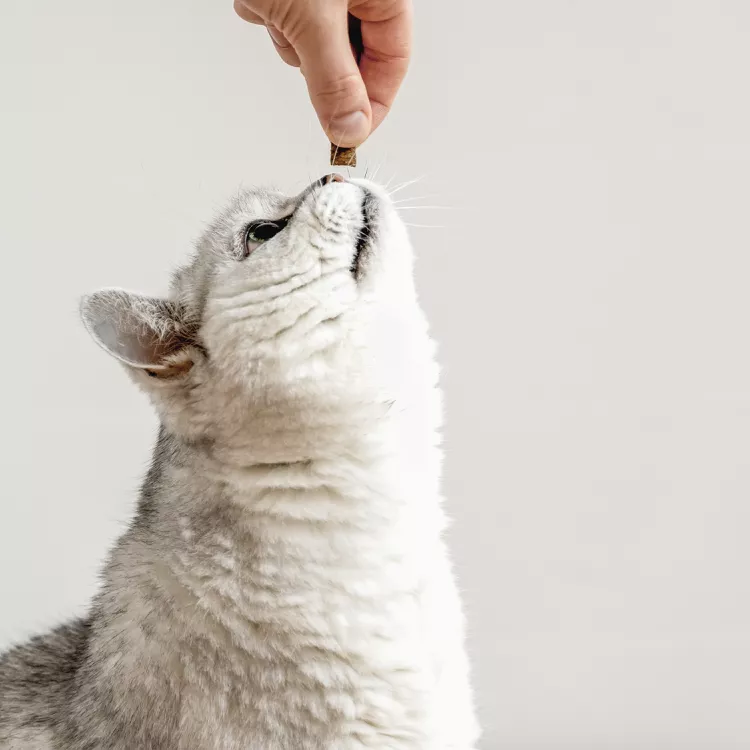
Can Cats Eat Peanut Butter?
Peanut butter is not toxic to cats, but it might not be the best choice of treat for them.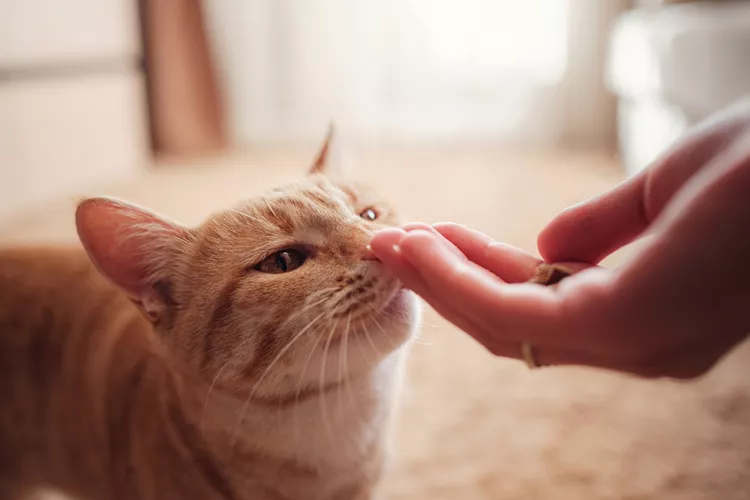
Can Cats Eat Cheese?
Can cats eat cheese? Is it healthy for them? How much can they eat and what should you do if you fear your cat has eaten too much cheese?
8 Flat-Faced Cats with the Cutest Smooshed Faces
These flat-faced cat breeds have a distinct and adorable appearance. Learn about their origins and traits, and the potential health risks tied to their unique facial structures.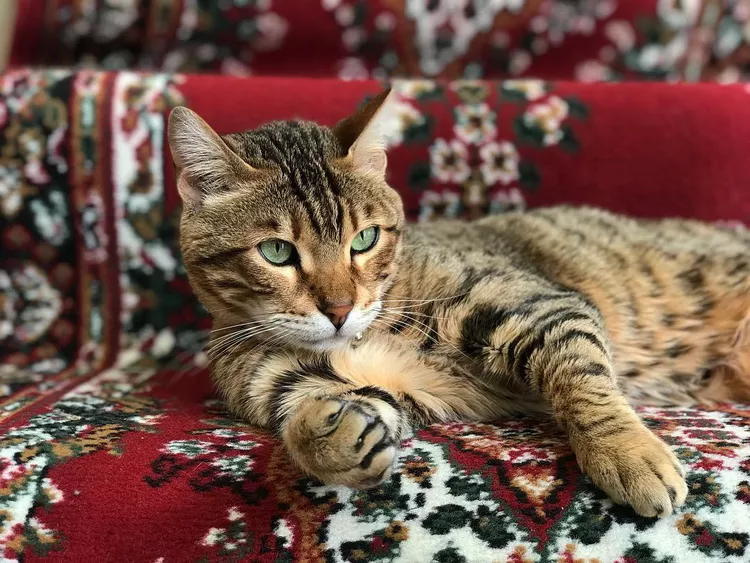
Pictures and Facts About Bengal Cats and Kittens
Bengal cats are a cross between wild cats and domestic cats. Learn more about what they look like and pictures of this beautiful spotted breed.
Top 10 Big House Cats
Larger cat breeds, like Maine coons and savannahs, deserve just as much love as their petite counterparts. These big house cats tip the scales.
Cairn Terrier: Dog Breed Characteristics & Care
The cairn terrier is a spunky, affectionate, and intelligent dog from Scotland. The breed became famous when one played Toto in The Wizard of Oz. Learn about the temperament, history, health, and care needs of the cairn terrier dog breed.
Reasons Why Dogs Grind Their Teeth
Some dogs grind their teeth. Learn why dogs grind their teeth and if it can be harmful. Find out what to do about teeth grinding in dogs.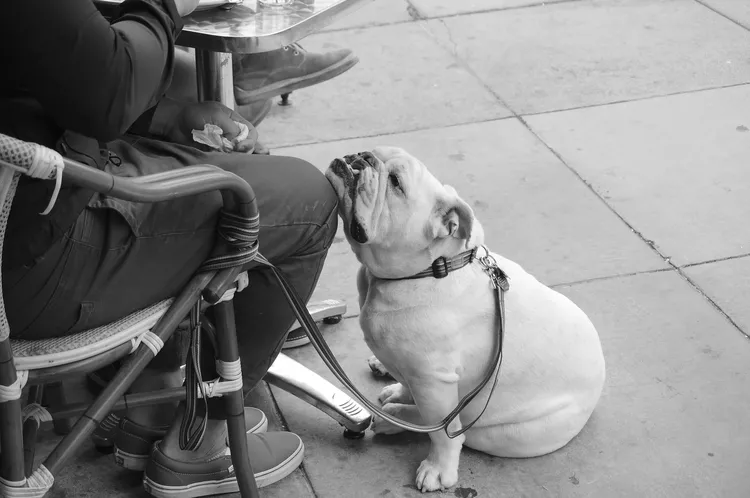
This Is Why Some Dogs Lean on People
Certain dogs really love leaning on their humans. What does this mean? Find out why dogs lean on people and if this is ever a problem.
Can Dogs Get Depression? How to Help Your Sad Dog
Can dogs get depression? Learn about the signs of depression in dogs and find out how to help your sad dog.